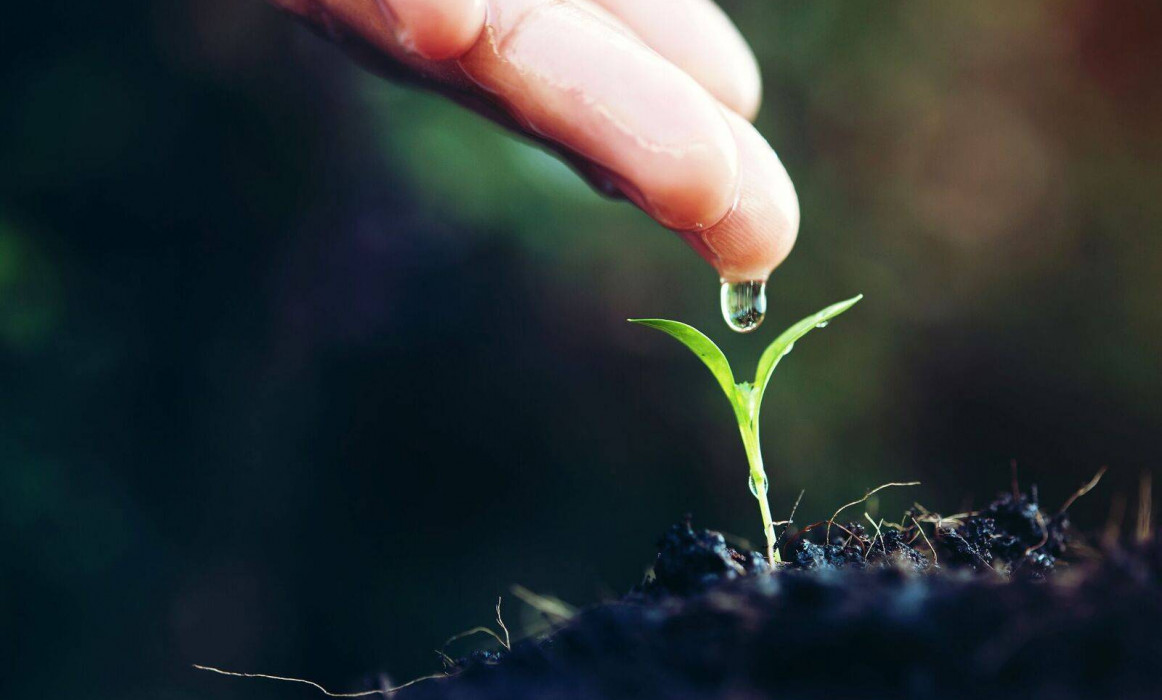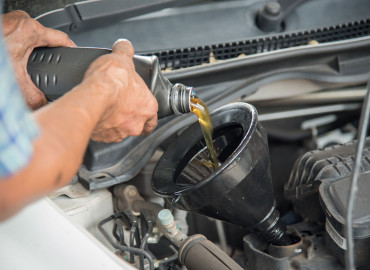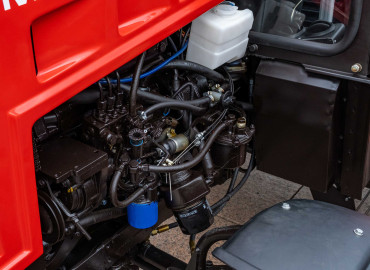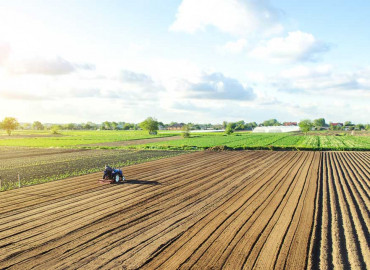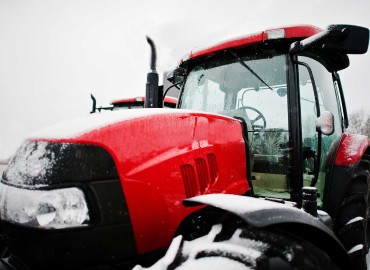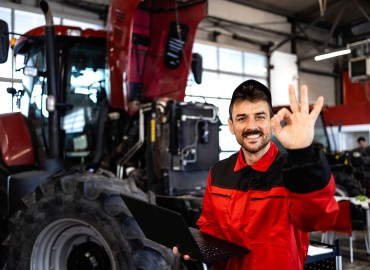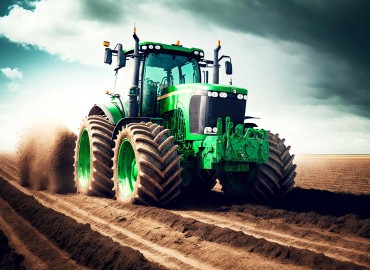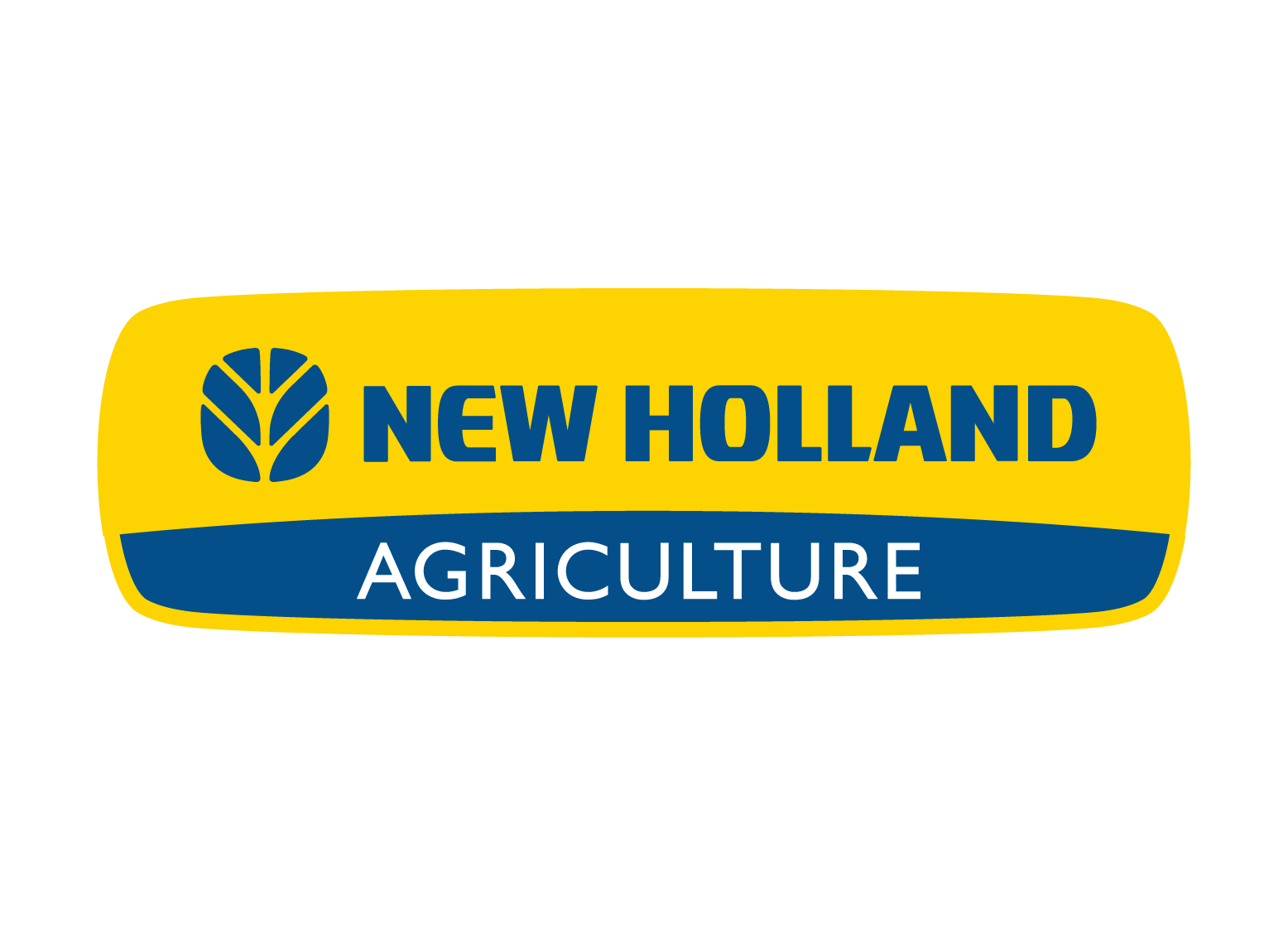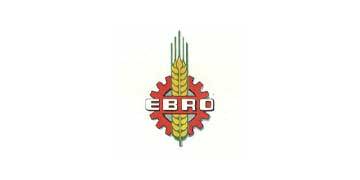When agricultural activities are combined with organic agriculture and good agricultural practices, it is possible to reach sustainable agriculture and, therefore safe food.
Agriculture has a huge environmental footprint and is affected by these changes while causing ecological changes. For the future of our world, agricultural activities must be done consciously and in harmony with nature. It is possible to leave a world where resources are not depleted for future generations with sustainable agriculture.
WHAT IS SUSTAINABLE AGRICULTURE?
Sustainable farming is often confused with organic farming. However, there is a difference between them. Organic farming is a form of agriculture that generally adopts technology-free methods. But in sustainable agriculture, technological methods are harmonized and integrated with nature.
Sustainable methods are used in sustainable agriculture. For this reason, organic agriculture and good agricultural practices are gathered under the roof of sustainable agriculture.
Sustainable agriculture aims to ensure that future generations can meet their food and textile needs without compromising to meet their needs.
ORGANIC AGRICULTURE
Organic agriculture aims to make sustainable production without polluting the soil, water and air. Animal, plant, environment and human health are prioritized in organic agriculture. In this way, healthy and reliable foods are produced. It makes it possible to protect the environment as the environment is polluted at a minimum level.
GOOD AGRICULTURAL PRACTICES
As in organic agriculture, the environment, human and animal health are prioritized in goog agriculture. These are the practices carried out to protect natural resources and ensure sustainability.
Goals of Good Agricultural Practices
- To minimize the use of pesticides
- To carry out agricultural activities that do not harm the environment and human health
- Ensuring food safety
- Protecting natural resources
GOALS OF SUSTAINABLE AGRICULTURE
Sustainable agriculture has many environmental and economic objectives. These purposes are generally as follows;
- Producing sufficient and quality foodstuffs for the society at an affordable cost
- Protection of agricultural land
- Efficient use and protection of natural agricultural resources
- Maintaining productivity in agriculture
- Increasing the quality of life of people engaged in agriculture
- Reducing the damage to the environment
- Preventing excessive resource consumption in activities such as irrigation
SUSTAINABLE AGRICULTURE PRACTICES
1.Alternate or Intercropping
Monoculture is based on the cultivation of a particular plant species in a particular region for many years. Monoculture, which is common in the world, leads to an increase in weeds and a decrease in soil productivity. Therefore, planting different plant species is beneficial for agricultural lands. Plants planted alternately ensure the preservation of soil fertility.
2.Variety in the Same Product
Planting a large number of different plant species is important for sustainable agriculture. But for farmers who have a specific plant market, planting different types of plants is not the right choice. For this reason, the farmer should grow different varieties of the same product. Plant diversity protects crops from pests and diseases. In this way, sustainable agriculture can be realized.
3.Planting Cover Plants
It is beneficial to plant cover crops such as clover in the soil when the agricultural land is not used. These plants replenish the nutrients of the soil, prevent soil erosion, inhibit the growth of weeds and maintain the health of the soil.
4.No Tillage Agriculture
Plowing the soil before planting prevents weed problems and prepares the soil for planting. However, tillage also causes soil loss. For this reason, the use of reduced tillage or no-till farming methods instead of plowing contributes to the sustainability of agriculture. Meeting the seeds with the unplowed soil increases the quality of the soil.
5.Agroforestry Practices
Growing trees on farmland helps provide shade to plants and animals. It also ensures the protection of water resources and prevents soil erosion.
6.Integration of Plants and Animals
Plant production and animal husbandry should not be separated from each other in agriculture. Ensuring the integration of animals and plants enables more efficient and profitable agricultural activities to be carried out. The movement of animals benefits the soil and thanks to their excrement, the soil is fertilized.
 en
en  tr
tr 
